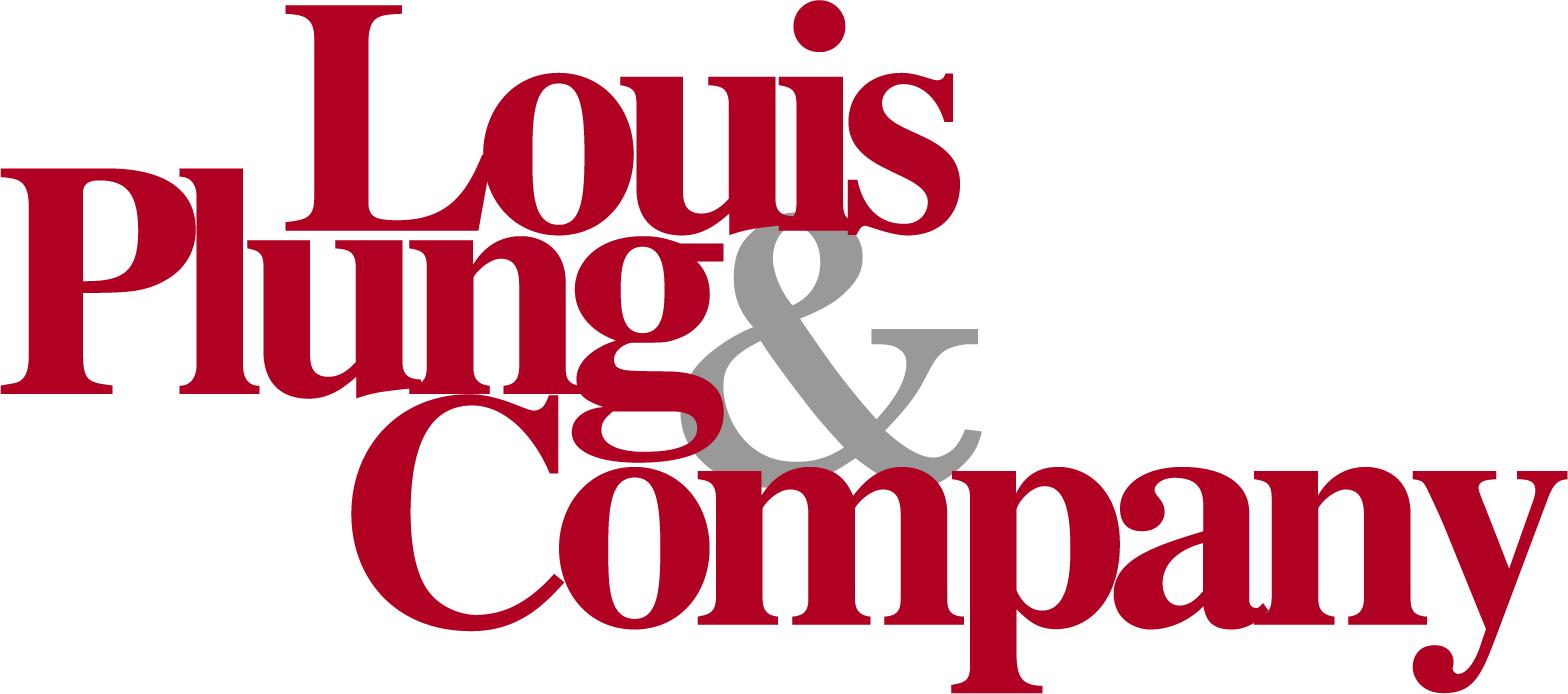Important Changes to PPP Loans and COVID-Relief Grants

On December 21, 2020, Congress passed the “Consolidated Appropriations Act, 2021” (the “Act”) and it was signed by President Trump on Sunday, December 27th. This Act contains many important tax changes and updates for the Paycheck Protection Program (“PPP”) loans (see our article here for more details on the tax provisions of the Act).
Updates to the Paycheck Protection Program and Second Round of Funding
The Act makes critical changes to the PPP aimed at further simplifying forgiveness rules, expanding eligible expenses, and creating a second round of funding for qualifying borrowers. The Treasury will issue official regulations on these provisions within the next 10 days. The following description of the provisions of the Act is based on the text of the legislation which may be different from the final Treasury regulations.
“Second Draw” Loans Eligibility Requirements
The Act appropriates $284.45 billion in funding for a second round of PPP loans for existing borrowers. To qualify, borrowers must meet the new more restrictive guidelines:
- Not more than 300 employees
- Had a 25% gross receipts reduction (or more) during any quarter in 2020 as compared to that same quarter in 2019 (special rules apply to entities not in operation during all of 2019).
- Is not a company organized in China, holds a 20% or more ownership interest in a Chinese company, or has a board member who is a resident of China.
- Did not receive a Shuttered Venue Operator Grant (see below).
Maximum loan size for the second draws may be no greater than $2,000,000. Borrowers now have the option to use either actual payroll costs during the one-year period prior to the application date or 2019 payroll costs to calculate the loan size.
Additional Eligible Expenses
The Act significantly expands the allowable expenses that qualify for PPP loan forgiveness. The following expenditure categories were added:
- Covered operations expenditures – a payment for any business software or cloud computing service that facilitates business operations, product or service delivery, the processing, payment, or tracking of payroll expenses, human resources, sales and billing functions, or accounting or tacking of supplies, inventory, records and expenses.
- Covered property damage costs – costs related to property damage and vandalism or looting due to public disturbances that occurred during 2020 that was not covered by insurance or other compensation.
- Covered supplier costs – an expenditure made by an entity to a supplier of goods for the supply of goods that:
- Are essential to the operations of the entity at the time at which the expenditure is made; and
- Is made pursuant to a contract, or purchase order-
- In effect at any time before the covered period with respect to the applicable covered loan; or
- With respect to perishable goods, in effect before or at any time during the covered period with respect to the applicable covered loan.
- Covered worker protection expenditures – an operating or capital expenditure to facilitate the adaption of the business activities of an entity to comply with requirements established or guidance issued by the Department of Health and Human Services, the CDC, or OSHA, or any equivalent requirements established or guidance issued by State or local government, during the period beginning on March 1, 2020 and ending on the date which the national emergency declared by the President ends. These expenditures may include the following:
- The purchase, maintenance, or renovation of assets that create or expand-
- A drive-through window facility.
- An indoor, outdoor, or combined air or air pressure ventilation or filtration system.
iii. A physical barrier such as a sneeze guard.
- An expansion of additional indoor, outdoor, or combined business space.
- An onsite or offsite health screening capability
- Other assets relating to the compliance with any regulatory compliance such as personal protection equipment and respirators.
- Expenditures made under this category do not include any payments relating to residential real property or intangible property.
These additional expense categories are effective retroactively and apply to all PPP loans (except those that have already been forgiven).
The Act also confirms that employee group life, disability, vision and dental insurance payments qualify as payroll costs for loan forgiveness.
Other Changes to the Paycheck Protection Program
Elimination of loan forgiveness reduction for EIDL advances – The Act repeals the reduction in loan forgiveness resulting from a borrower obtaining an EIDL advance payment. This repeal is retroactive and will apply to borrowers who have already completed the loan forgiveness process.
Covered period – The Act defines the covered period as either an 8-week or 24-week period.
Simplified Loan Forgiveness Application – Borrowers with loans of not more than $150,000 will be eligible to use a simplified loan forgiveness application. This form will be one page and only require a description of the number of employees retained because of the loan, the estimated amount of the loan spent on payroll costs, the total loan value, and borrower certifications. No supporting documentation will need to be submitted with this form. The Treasury is required to issue this form within the next 24 days.
Increased loan size for hotels and restaurants – Entities classified under NAICS code 72 (Accommodation and Foods Services) may obtain a PPP loan equal to 3.5 times average monthly payroll. These loans are still subject to the $2,000,000 maximum loan size.
Limited ability for PPP borrowers to request a loan increase – Borrowers who received an initial PPP loan less than the full amount they should have qualified for due to changes in regulations may request an additional disbursement for that amount. The loan must not have been forgiven to qualify.
New loan calculation methodology for farmers and ranchers – Farms and ranchers operating as sole proprietors, independent contractors, or self-employed individuals may use average monthly gross income as reported on their 2019 1040 Schedule F to calculate the maximum loan amount. Farmers and ranchers with employees may add the average monthly gross income amount to the 2019 average monthly payroll to calculate the loan amount. The maximum loan size of $2,000,000 for second draw loans still applies, however borrowers may request an increase in the size of their initial loans based on this new methodology as long as the loans have not been forgiven.
New Grants and Additional Funding
Shuttered Venue Operator Grants – The Act establishes a new grant program targeted for live venue operators or promoters, theatrical producers, live performing arts organization operators, museum operators, motion picture theatre operators, or talent representatives that meet certain requirements.
EIDL Advance Payments – The Act appropriates an additional $20 billion in funding for EIDL advance payments. Eligible borrowers can receive up to $10,000 in advance payments ($1,000 per employee). These grants do not have to be repaid and will no longer reduce PPP loan forgiveness.
Please contact your Louis Plung advisor with any questions regarding this information.




